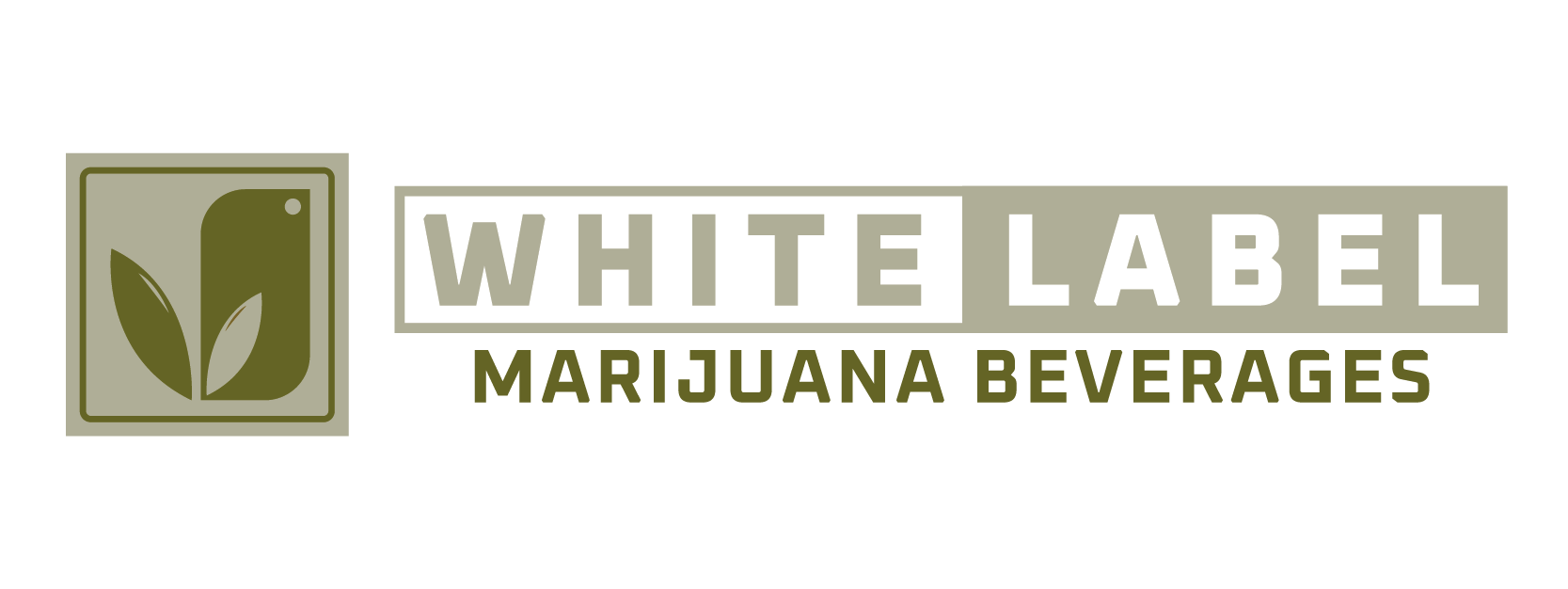Alcoholic seltzers surged to mainstream popularity between 2019 and 2021, capturing young consumers with light, flavored formats and convenience. Yet by 2024, the category had begun to plateau, with U.S. alcohol volumes declining overall and ready-to-drink (RTD) growth uneven across brands. Market trackers report that while RTDs maintain relative share, alcoholic seltzers no longer post the explosive growth rates that once defined them .
At the same time, moderation trends have reshaped beverage consumption. NielsenIQ reports that U.S. non-alcoholic product sales reached nearly $1 billion in 2024, reflecting rising interest in health-conscious, “sober-curious” choices . This backdrop has given cannabis beverages, particularly those enabled through white-label manufacturing, a pathway to compete.
Demand Trends in Cannabis Beverages
Cannabis-infused drinks crossed the $1 billion sales mark in 2024, according to Headset and BDSA data . Growth is uneven by geography, with Michigan, Ohio, and other newer adult-use states posting year-over-year increases exceeding 70%, while mature markets such as Colorado and Arizona showed declines . Despite representing only 1–3% of total cannabis sales today, beverages are gaining visibility on dispensary menus and mainstream retail shelves .
This acceleration is due in large part to white-label and co-packing models. Many beverage brands now outsource formulation and production, shortening time-to-market and reducing capital expenditure. Analysts note that white-label operations give retailers and lifestyle brands the ability to launch THC beverages quickly, test flavors, and scale winners—advantages once leveraged by alcoholic seltzers in their early boom years .
Competing with Alcoholic Seltzers
On the shelf, cannabis beverages offer differentiation that seltzers cannot. Low-dose and high-dose THC options, cannabinoid blends such as CBN or CBG, and functional terpene profiles deliver effects beyond flavor variety. White-label models also support private-label pricing strategies, enabling dispensaries and retailers to improve margins while offering competitive consumer pricing.
Moreover, hemp-derived THC beverages—where legal—can bypass dispensary-only channels and move through conventional alcohol distribution. This expands trial opportunities in bars, restaurants, and convenience stores . Large alcohol companies have already begun to test THC drink lines, signaling that competition is converging rather than diverging .
Where the Market Stands
Has demand shifted more toward white-label cannabis beverages than alcoholic seltzers? In absolute terms, no. Alcoholic seltzers remain much larger in dollar sales and continue to dominate shelf space . However, growth momentum has tilted toward THC beverages. Headset and BDSA report double-digit gains in multiple markets, and analysts project continued expansion as state-level regulations evolve .
The key challenge remains category consistency. Cannabis beverages still contend with dosage accuracy, regulatory patchwork, and relatively small basket share . Even so, with consumer interest in moderation, flavor innovation, and functional effects, white-label cannabis beverages are positioned as a fast-growing challenger to seltzers.
In Summary
Alcoholic seltzers still command the scale, but the growth story now leans toward cannabis. White-label manufacturing has given THC beverage brands the tools to compete quickly, flexibly, and at lower cost. While coexistence is the most likely near-term outcome, the innovation energy—and much of the consumer curiosity—has shifted toward cannabis drinks.
